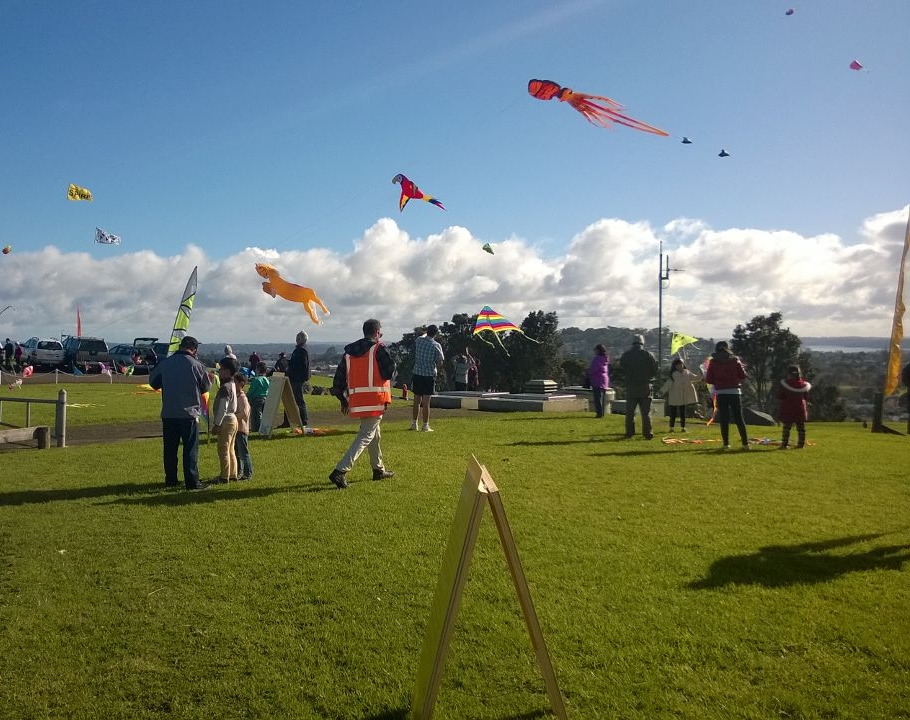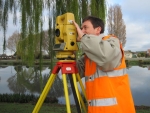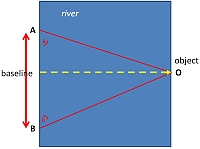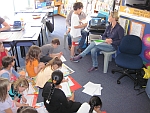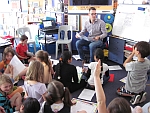<- Homepage: Navigation from Kupe to Cook to today

Key Concepts
Celebrations, changing values, culture, cultures, customs, earth processes, future focus, geospatial, human impacts, hydrographic charts, identity, innovation, location based information, Māori, maps, Matariki, migration, navigation, Nelson, New Zealand History, people in the past, perspectives, science, scientific research, technological change, technological innovation, topographical maps, traditions, values, viewpoints, voyaging, weather, Wellington.
The New Zealand Curriculum - NZC
Key Competencies
LEARNZ virtual field trips contribute to the development of all five key competencies:
| Key Competencies | Field trip examples |
| Thinking | Constructing questions to put to experts during web conferences. |
| Using language, symbols and texts | Interpreting and making meaning of a variety of language and symbols in the Background Pages and throughout the web site. |
| Managing self | Numerous content-related Activities provide students with chances to engage with the material and create their own interpretation of the content. |
| Relating to others | Videos connect students with a range of expert opinions. Students listen actively when seeking answers to video questions. |
| Participating and contributing | LEARNZ Virtual Field Trips are an ideal medium for group-based topic inquiry. They also enable students to transfer new learning into the context of their own communities where they are encouraged to take action. |
(See page 12-13 NZC 2007)
Values
The Matariki and Navigation field trip encourages, models and explores these values:
- innovation, inquiry and curiosity
- ecological sustainability
- community and participation
(see page 10 NZC 2007).
E-learning and pedagogy
The Matariki and Navigation field trip directly involves learning that is supported by information and communication technology (ICT).
In particular, the trip will:
- Assist the making of connections by enabling students to enter and explore new learning environments, overcoming barriers of distance and time.
- Facilitate shared learning by enabling students to join or create communities of learners that extend well beyond the classroom.
- Enhance opportunities to learn by offering students virtual experiences and tools that save them time, allowing them to take their learning further (Page 36 NZC 2007).
Social Science
| Strand | Achievement Aims | Background Pages | Related Activities |
|
Social Studies
|
Continuity and Change Level 2: Understand how time and change affect peoples' lives Place and Environment Level 2 Understand how places influence people and people influence places Identity, Culture, and Organisation Level 4: Understand how formal and informal groups make decisions that impact on communities Level 5: Understand how systems of government in New Zealand operate and affect people's lives, and how they compare with another system |
Technology
| Strand | Achievement Aims | Background Pages | Related Activities |
|
Nature of Technology
|
Nature of Technology
|
|
Mathematics
| Strand | Achievement Aims | Background Pages | Related Activities |
|
Number and Algebra
|
Level 3: Use a co-ordinate system or the language of direction and distance to specify locations and describe paths Level 4: Communicate and interpret locations and directions, using compass directions, distances, and grid references Level 5: Apply trigonometric ratios and Pythagoras’ theorem in two dimensions |
|
|
English
The selected processes and strategies indicators used in the table below are from Level three of the NZC, but aim to cover indicators from levels two to four.
| Strand | Processes and Strategies Indicators | Example of Related Field Trip Component |
|
Speaking, Writing and Presenting
|
|
|
|
Listening, Reading and Viewing
|
|
|
Geography
Level 6: Understand that natural and cultural environments have particular characteristics and how environments are shaped by processes that create spatial patterns
Level 7: Understand how the processes that shape natural and cultural environments change over time, vary in scale and from place to place, and create spatial patterns
Level 8: Understand how interacting processes shape natural and cultural environments, occur at different rates and on different scales, and create spatial variations
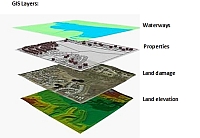
NCEA Geography
Level 1
1.6 Describe aspects of a contemporary New Zealand geographic issue (AS91012)
1.8 Apply spatial analysis, with direction, to solve a geographic problem (AS91014)
Level 2
2.6 Explain aspects of a contemporary New Zealand geographic issue (AS91245)
2.8 Apply spatial analysis, with guidance, to solve a geographic problem (AS91247)
Level 3
3.6 Analyse a contemporary geographic issue and evaluate courses of action (AS90706)

